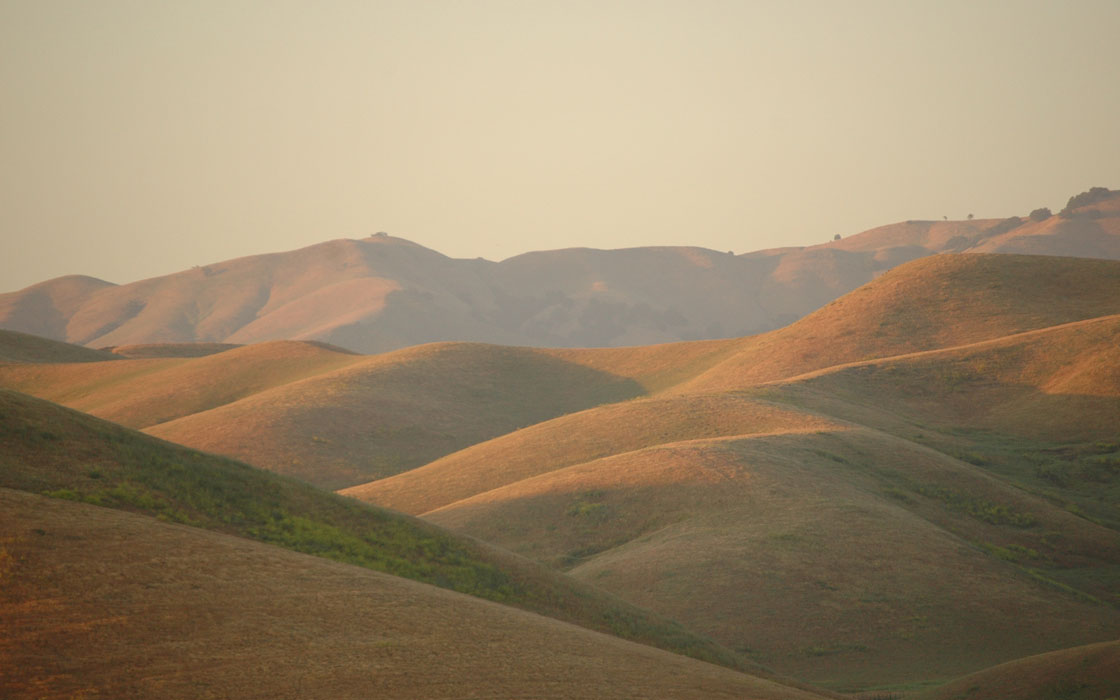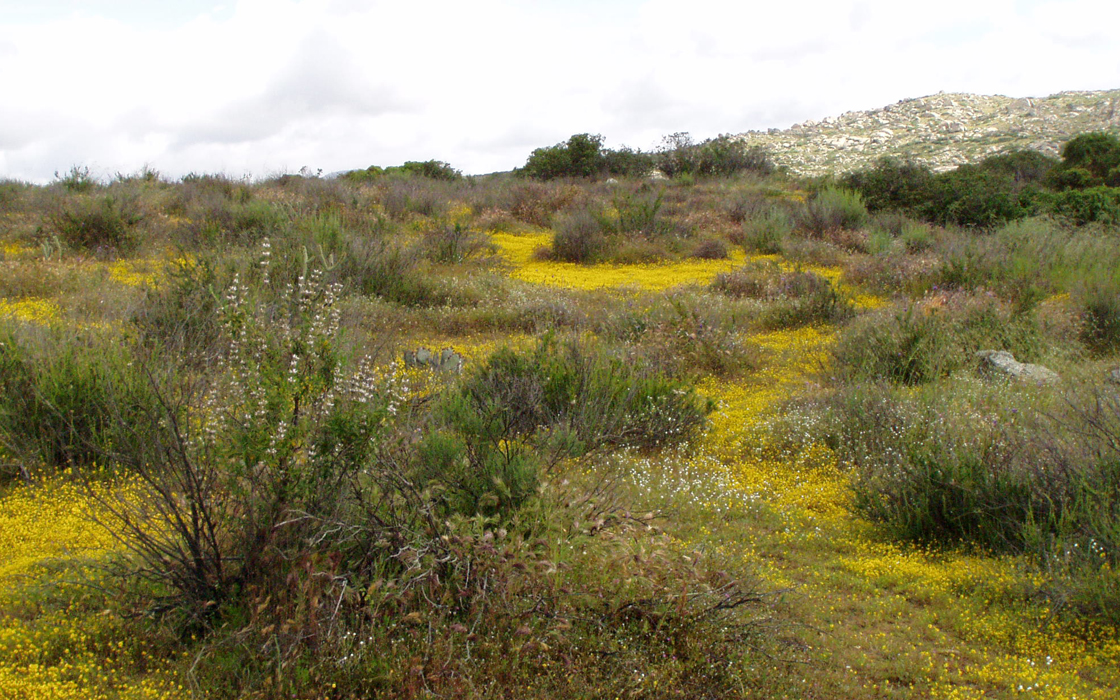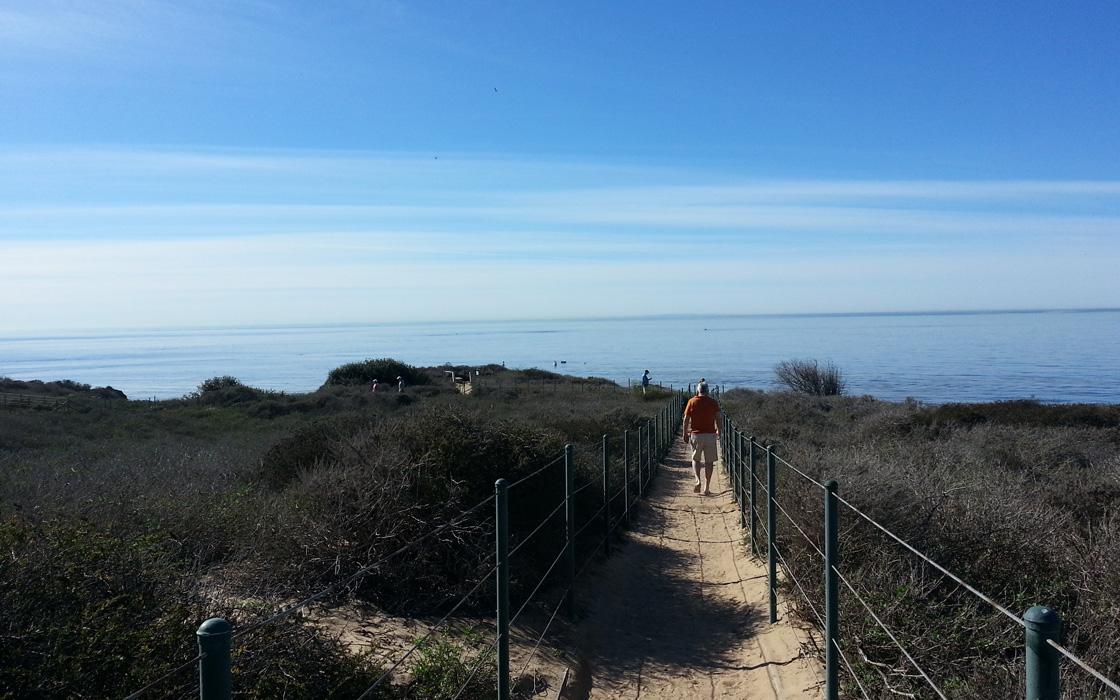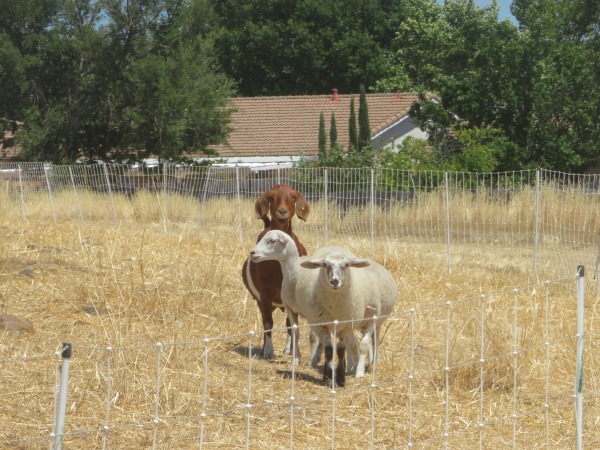Residents near the Illa M. Collin Conservation Preserve Enjoy Independence Day Surrounded by Sheep
“The sheep bring such a presence because they’re so adorable and accessible to us.” remarked an Independence at Mather resident shortly after the July 4th holiday. The resident was referring to sheep that have been grazing areas of the Illa M. Collin Conservation Preserve since June 2020. CNLM has worked with the County of Sacramento to coordinate locations, prepare for (e.g., water and fencing) and implement grazing practices on the Preserve over the last few years. We are using grazing as a management tool for a variety of reasons to adaptively manage vegetation and thatch (dead grass material) to enhance grassland structural diversity and vernal pool/seasonal wetland ecological values. Grazing favors the Preserve by reducing thatch and biomass accumulation, providing structural diversity that benefits the diversity of wildlife species that use the grassland habitats for foraging and breeding as well as improving conditions for native plants. Grazing also has the potential to help reduce the population and distribution of invasive species that threaten the conservation values found in the vernal pool landscape. In addition, grazing allows for reduction in fuel loads, reducing the threat of catastrophic wildfires. The management plan encourages livestock grazing as a primary method of managing annual grassland, pasture, and vernal pool/seasonal wetland habitats within the Preserve. We are utilizing cattle and sheep and goats for this purpose. In addition to grazing, other vegetation 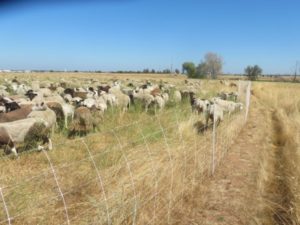 management methods being used, when and where appropriate, including prescribed fire, mowing and herbicide application. And while these are effective tools, each method has its own risks, advantages, and set of conditions where it is best applied. There are challenges and potential negative consequences in the use of these methods. While all of these tools will probably have some role in the long-term management of the Preserve, grazing may be one of the most effective and lowest risk tools. “We are encouraged by the results of the use of grazing as a management tool so far and look forward to expanding in the future.” commented CNLM Preserve Manager, Erik Gantenbein.
management methods being used, when and where appropriate, including prescribed fire, mowing and herbicide application. And while these are effective tools, each method has its own risks, advantages, and set of conditions where it is best applied. There are challenges and potential negative consequences in the use of these methods. While all of these tools will probably have some role in the long-term management of the Preserve, grazing may be one of the most effective and lowest risk tools. “We are encouraged by the results of the use of grazing as a management tool so far and look forward to expanding in the future.” commented CNLM Preserve Manager, Erik Gantenbein.


